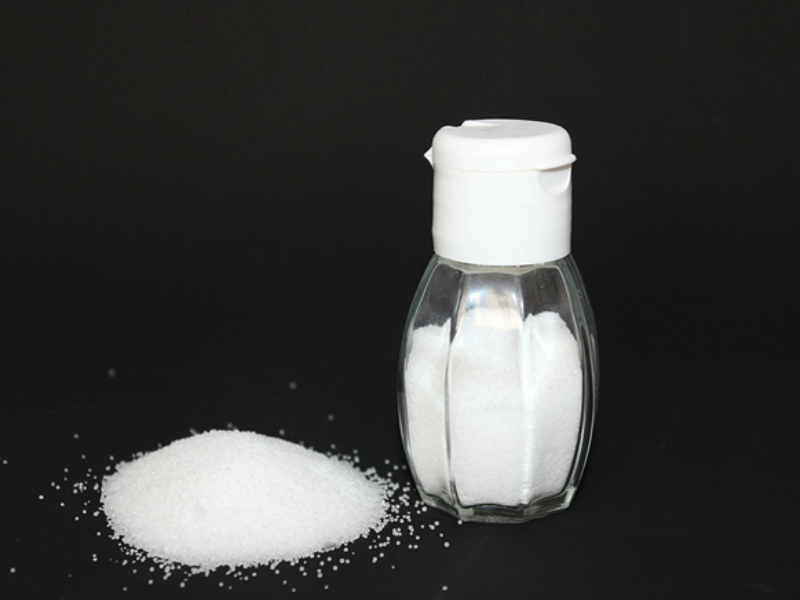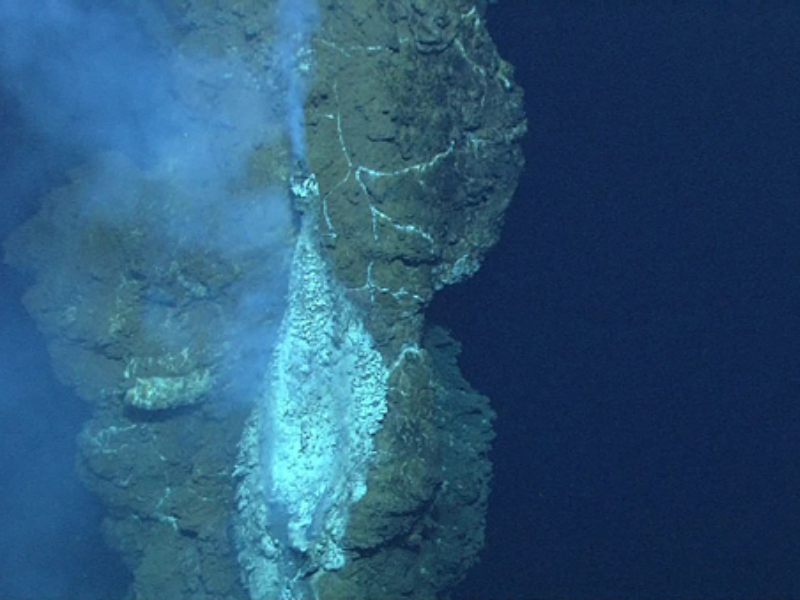Why is the Ocean Salty?
The surface of our planet is more ocean than land, and ocean water is distinctly salty. Yet the water in our rivers and lakes is fresh and unsalted. What explains this? Read on!
Where Does All This Salt Come From?
The sea salt found in our oceans today is quite ancient and dates back to our planet’s early days. Back when Earth was just forming, it was covered with active volcanoes that released salt ions into the atmosphere. These salt ions came from the depths of the planet and were released as gas. Eventually, through rainfall and runoff, these salt ions wound up in the oceans.

Rainwater is slightly acidic, so it erodes the rocks found on dry land. This erosion releases other mineral and metal icons (including salt) into the environment. All these ions eventually wind up in the ocean and the salt ions add to its salt content. These ions can stay trapped in the ocean for up to 100 or even 200 million years. These trapped ions can include sodium, chlorine, sulfur, calcium, magnesium, and potassium. This transfer of ions from rock into our oceans through rainfall still happens today but doesn’t add to the ocean’s saltiness as it once did. It is estimated that yearly rainfall now only accounts for about 0.00005% of the ocean’s total salt content, so very little!
Cumulative Effect
Once they find themselves in the ocean, some of these ions (like calcium) can find their way out again through a variety of biological processes. Salt, however, tends to stay in the ocean and accumulates there because it doesn’t really have anywhere else to go. Rare exceptions aside, it’s just like the saying goes, “all rivers lead to the ocean” and well, that’s it. The ocean is the end of the line. So, the accumulation of all this salt in the ocean is what gives it that salty taste, but it is also what’s behind the presence of “salt domes” on the ocean floor. These domes are made from layers and layers of salt that accumulate on the ocean floor which then get buried by sediment that accumulates on top. As the pressure from the weight of all this sediment pushes down, the salt layers gravitate upwards and form these domes.
Ions and molecules found in lakes are merely passersby compared to those trapped in the oceans. In Lake Superior for instance (the biggest lake in Canada), a drop of water and the ions it contains eventually leave the lake water after about 200 years. The smaller the lake, the shorter the time the ions remain in it. This means salt doesn’t have time to accumulate and make lake water salty, which is what happens in the ocean.
Into the Deep
Water in the depths of the ocean sometimes finds somewhere new to go: beneath the ocean floor. It does this by seeping through cracks known as fissures. This water then gets heated by the magma boiling under the earth’s crust and this generates all sorts of chemical reactions. Water will lose things like oxygen, magnesium, and sulfates but will acquire metals like iron, zinc, and copper from nearby rock. This heated water, now enriched with new chemical elements, can then re-escape from fissures in the ocean floor known as hydrothermal vents. Even if this enriched water looks like dense, black smoke as it escapes these vents, it’s not smoke at all. It’s still the same liquid water we know, but filled with chemical elements

All this activity stirs things up. It brings nutrients, metals, and other elements from the earth’s crust into circulation in the oceans and also allows water to seep back into the earth’s crust. Sea salt is also stirred up in this way, but it also gets moved around by volcanic eruptions rising up from beneath the ocean floor.
Our understanding of how all this happens is relatively recent. Hydrothermal vents were discovered back in 1979, only forty-odd years ago! Makes you wonder what other surprises the ocean has in store for science.
